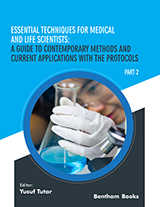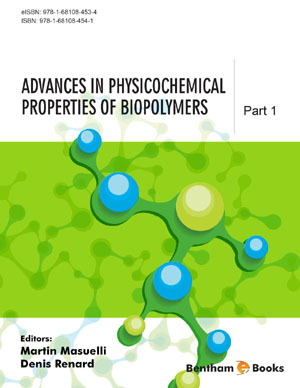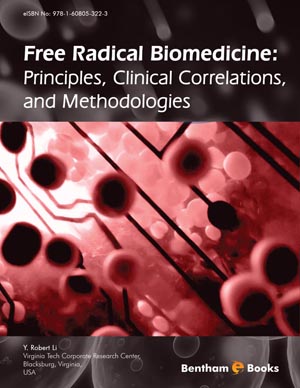Abstract
Transmission Electron Microscopy (TEM) is a useful technique to explore the molecular structure, interactions and processes including structure-function relationships at cellular level using a variety of TEM techniques with resolution of one angstrom (Ǻ) 1 to 1000 Ǻ. Developments in modern science and technology, especially in the material science, depend significantly on microstructure characterization. In this context, novel characterization techniques are crucial to understand the properties of materials. The quality of TEM results is dependent on preparation of TEM grid. Experts are constantly working on optimization of milling parameters to reduce the potential artifacts. The resolution power of TEM makes it possible to visualize different objects with high quality images to study complex structures and tissue morphology. Thus, TEM has made a milestone towards the understating of cellular structure. This chapter includes introduction and theory of TEM including its instrumentation, sample preparation, and working applications.
Keywords: Backscattered electron, Instrumentation, Sample preparation, Transmission electron microscope.

















